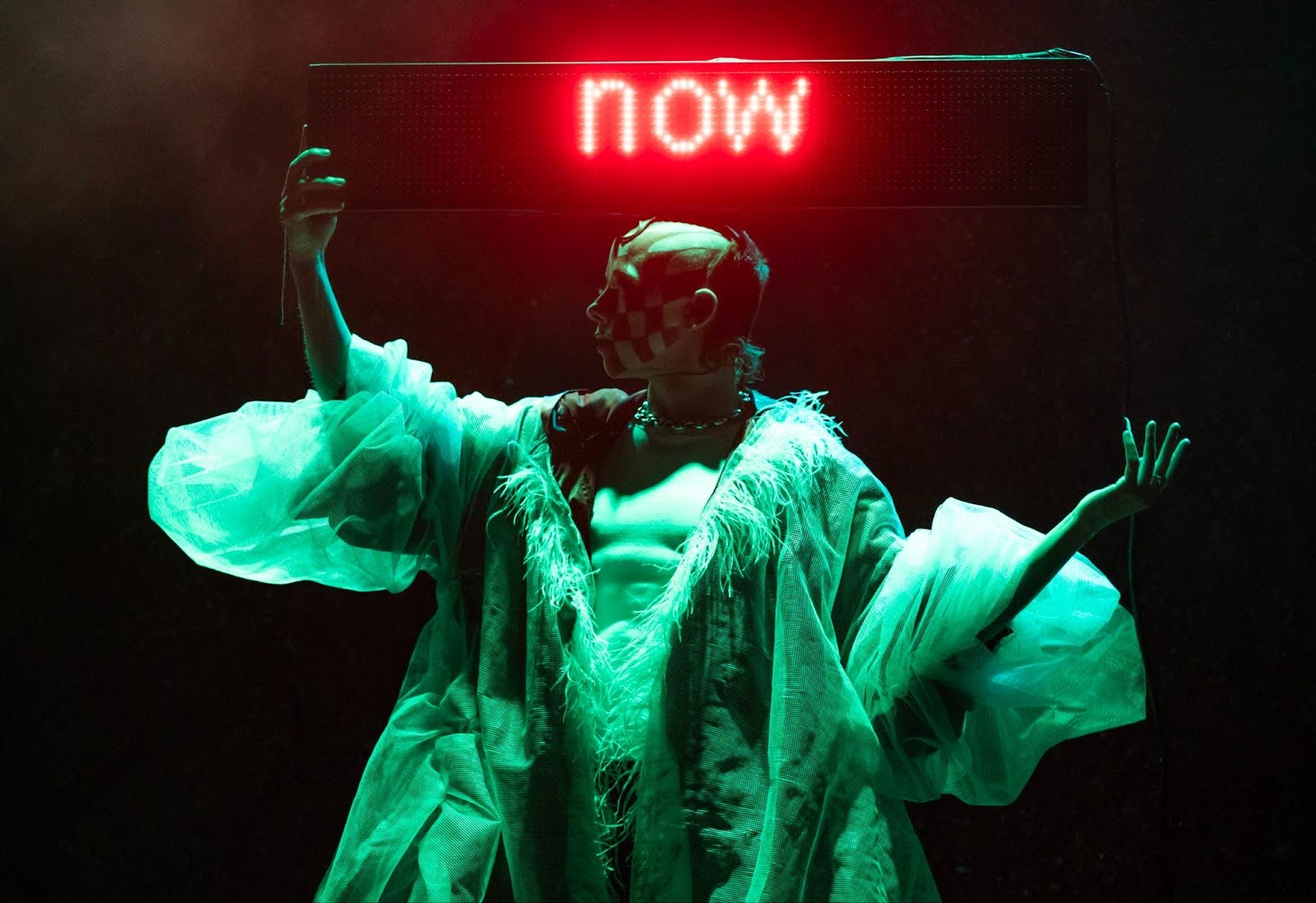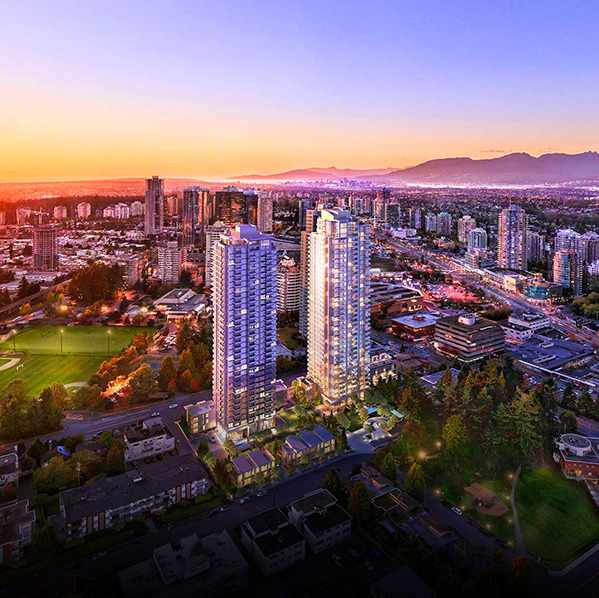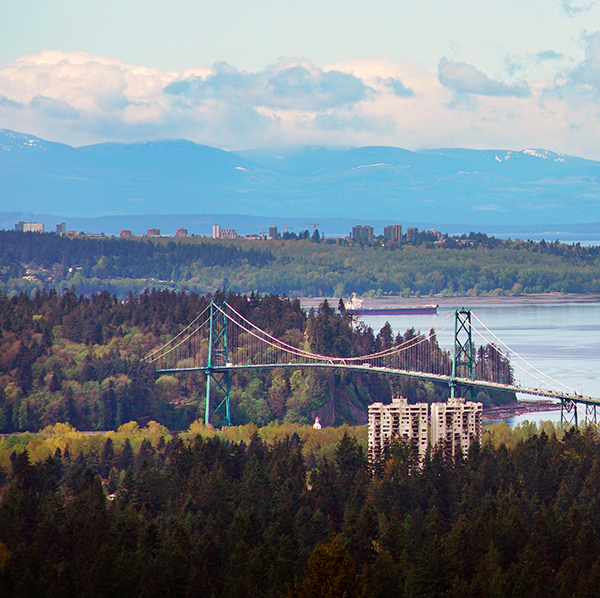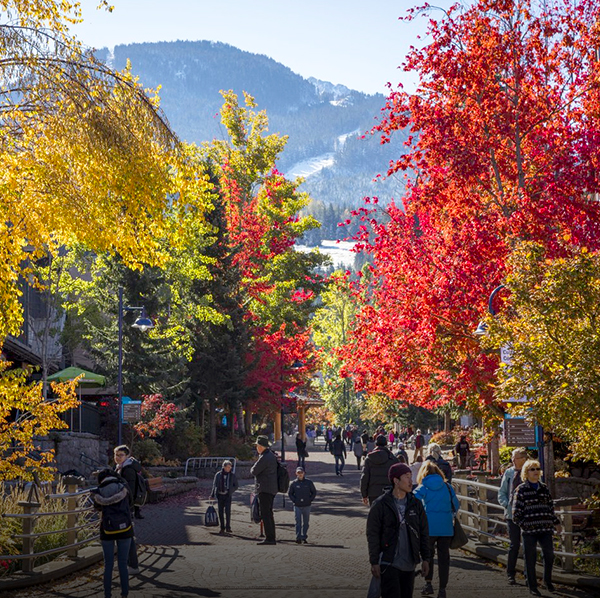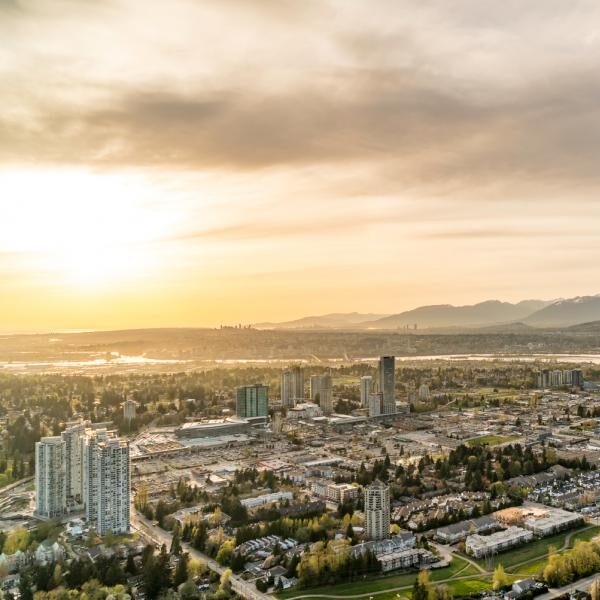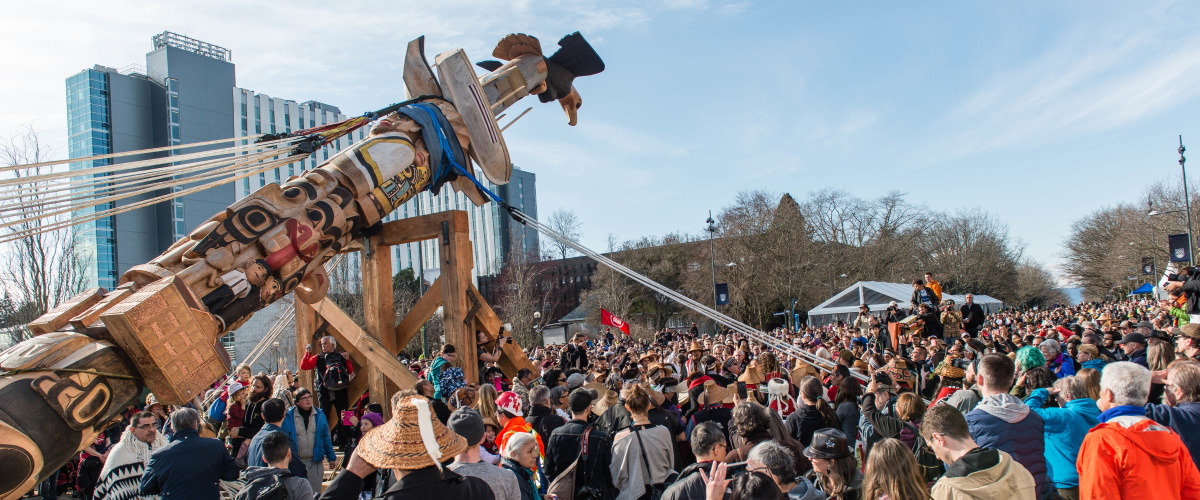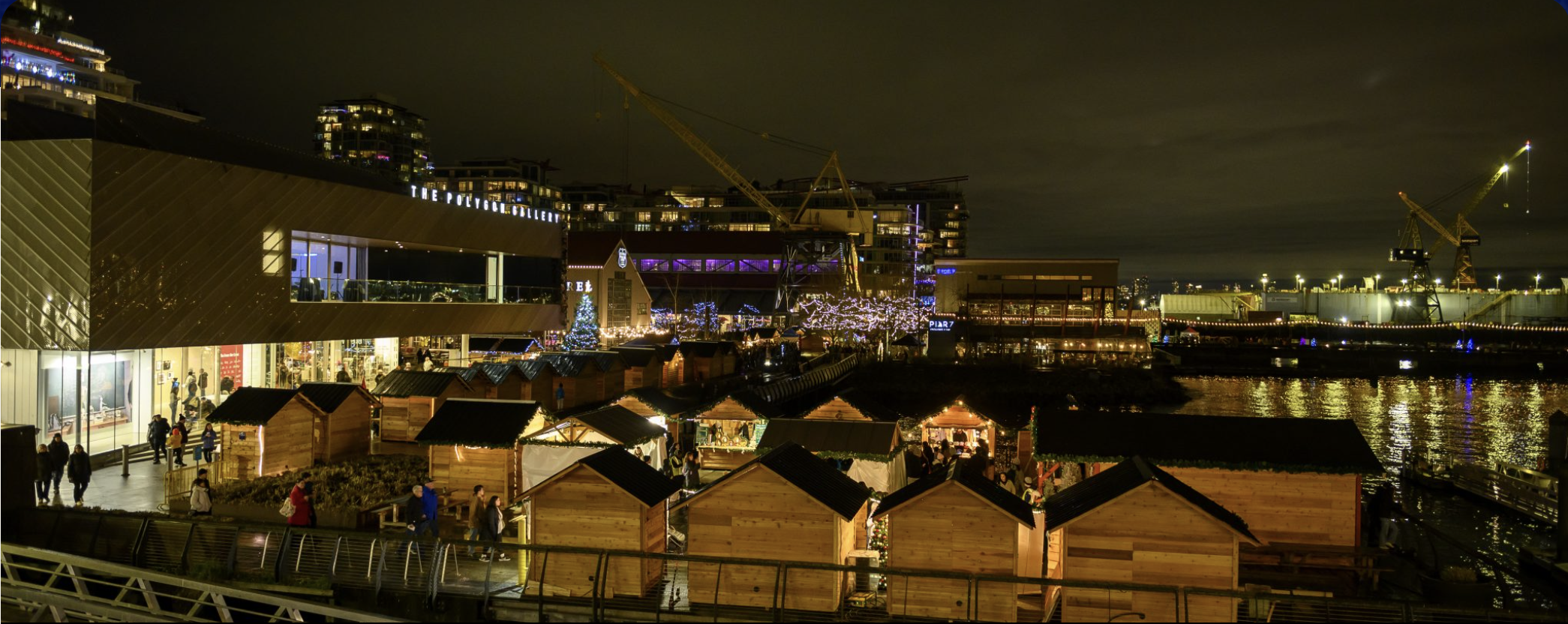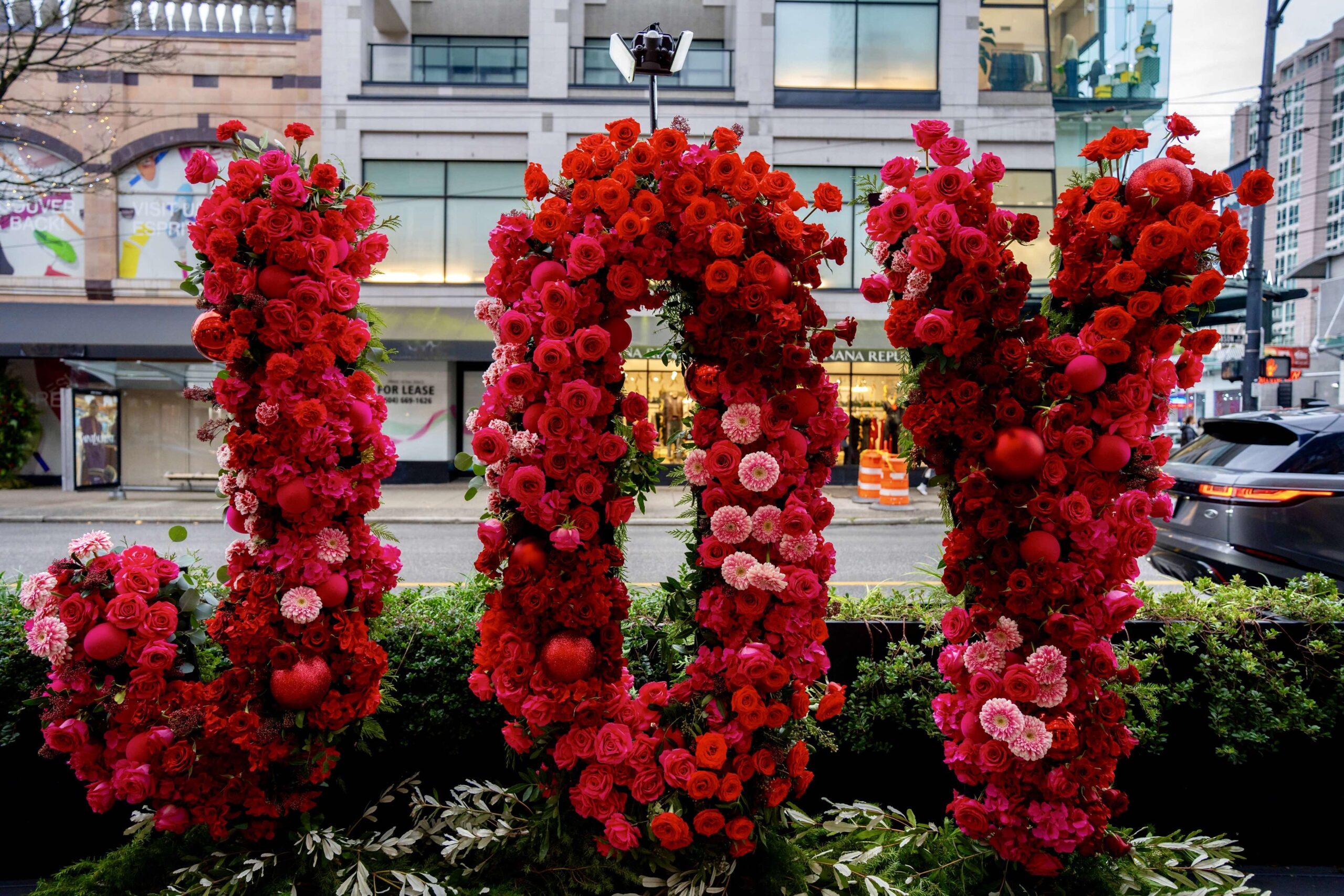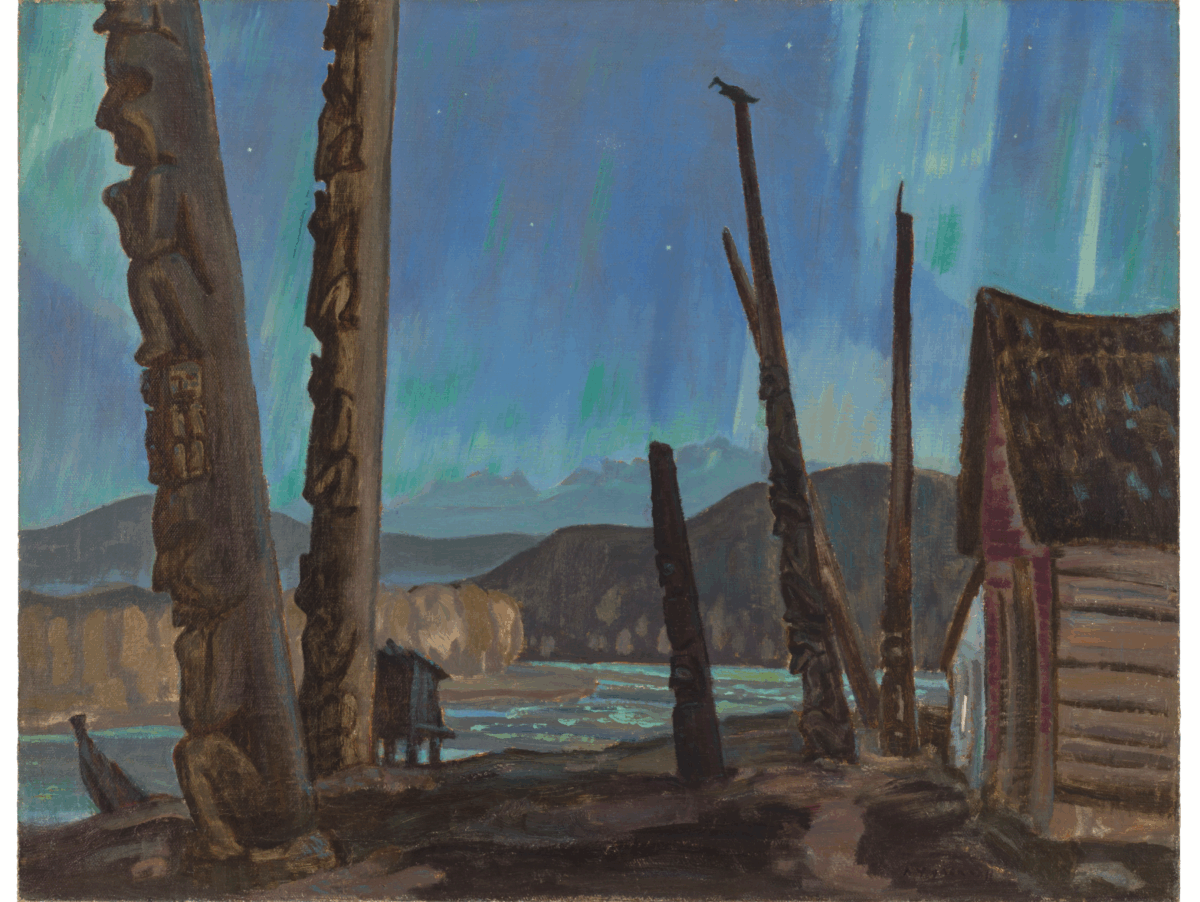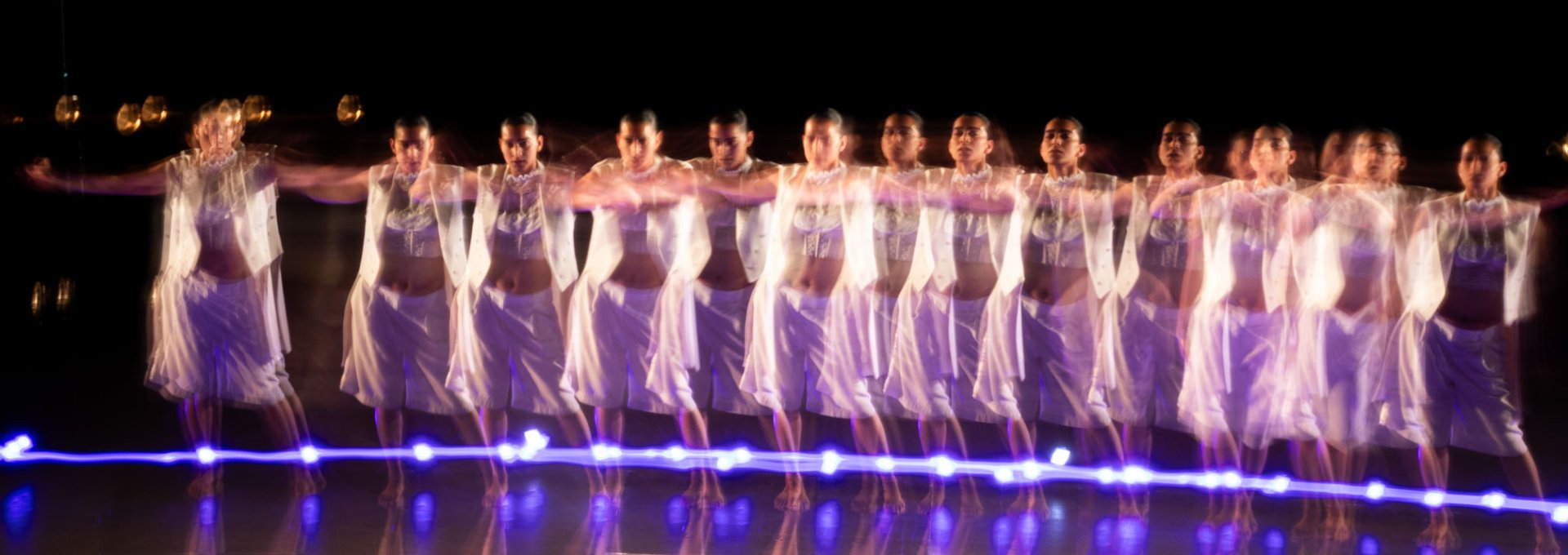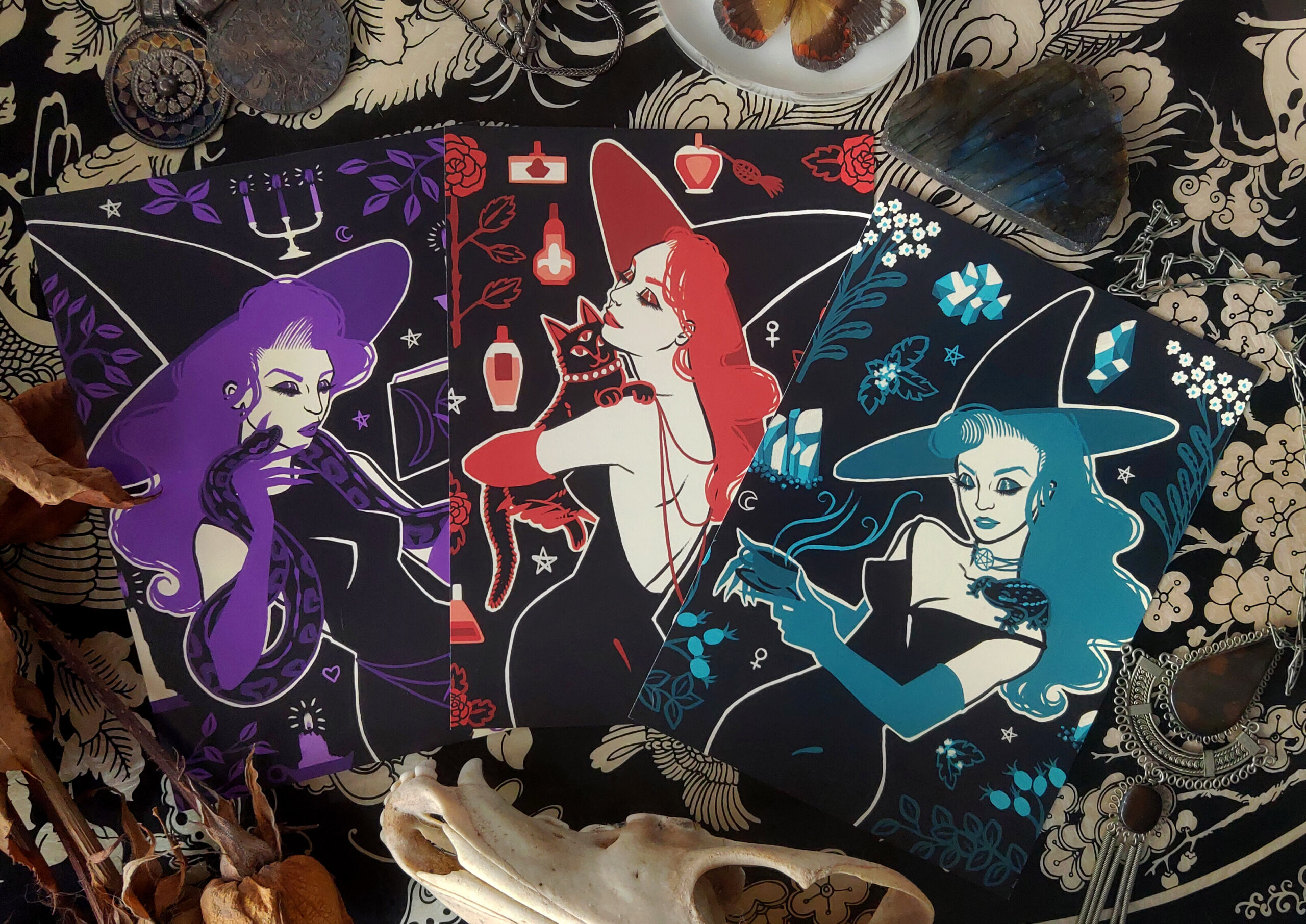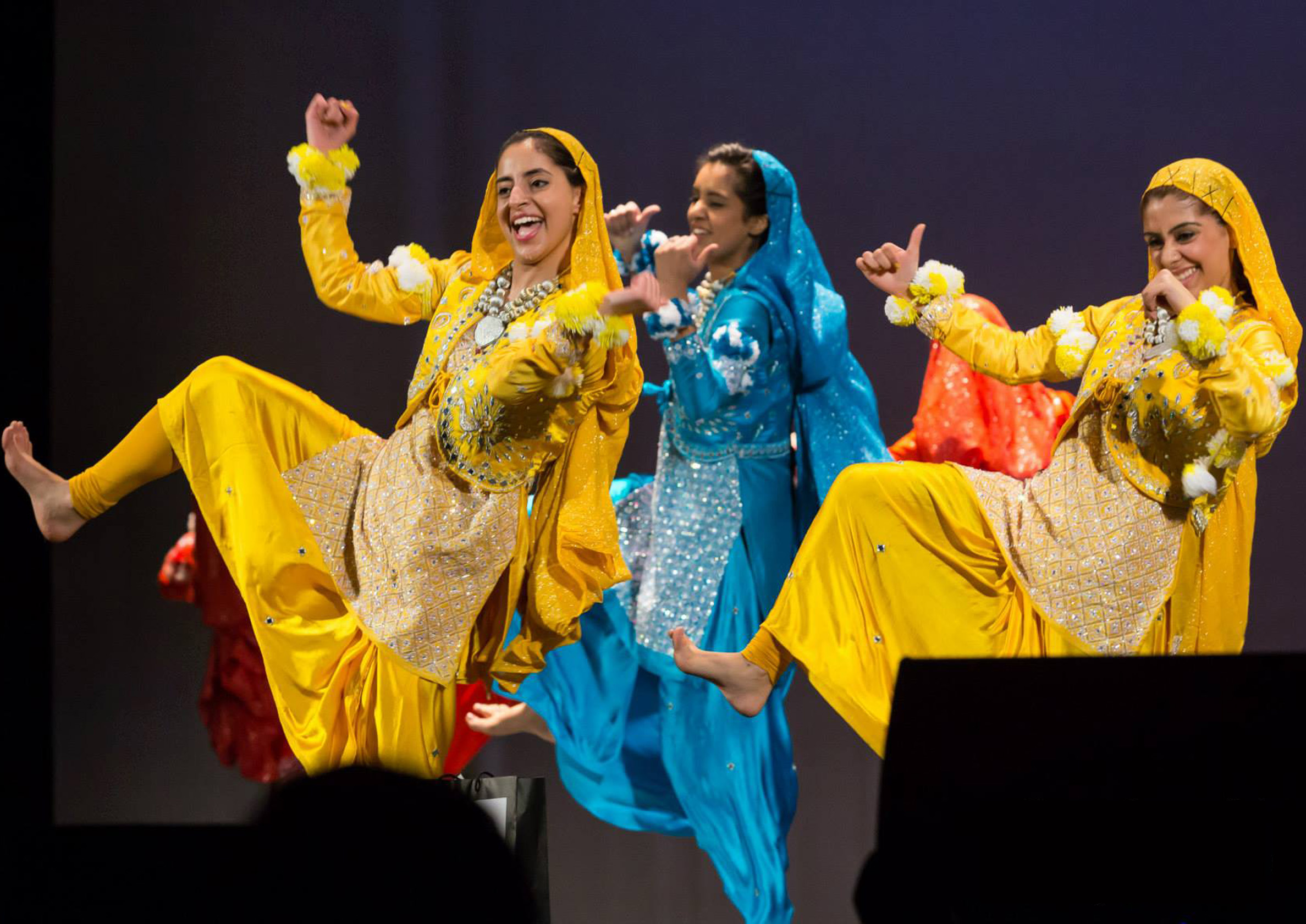Written by Natasha Ponda
One of the powerful traits art has is the ability to extend understanding to diverse audiences and foster connections through visual language. For these reasons, it is in immediate kinship with the continued aspirations surrounding Reconciliation. In Canada, the reconciliation journey is about building a renewed relationship with Indigenous Peoples based on recognizing rights, respect and partnership. This is how September 30 came to be known as the National Day for Truth and Reconciliation.
In general, Reconciliation is about establishing and maintaining a mutually respectful relationship between Indigenous and non-Indigenous peoples of a country. So how and where does art come in?
Let’s explore several visual works, public and performative, that help address essential themes under Reconciliation. These three BC pieces explore the meaning behind the theme of making things right and celebrating Canada’s first people.
The Community Reconciliation Canoe at SLCC, Whistler.
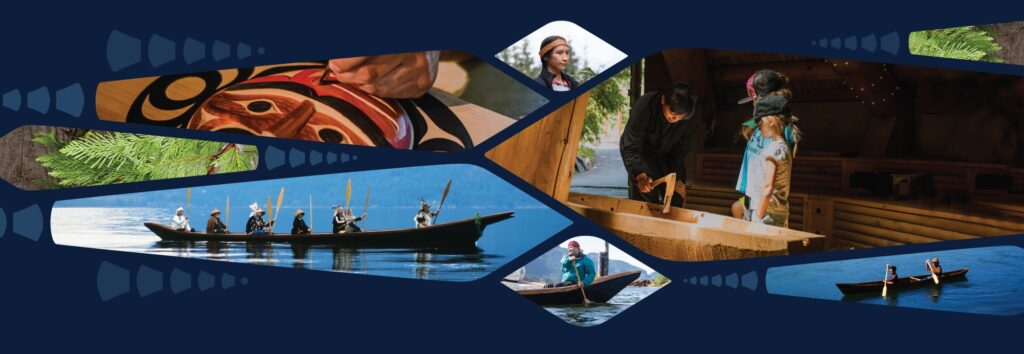
The Community Reconciliation Canoe was a Summer Series project at Whistler’s Squamish and Lil’wat Cultural Centre. The carving of this canoe is a project that emphasizes the unity of the local community. The canoe symbol highlights a common bond of all who find themselves on the land we share, and the appreciation of the natural environment we’re fortunate enough to be a part of.
As part of the Salish Summer Carving Series, the carving began with a blessing ceremony on Apr 27, 2022. The Squamish Lil’wat Cultural Centre (SLCC) hosted the creation of this project, with Master Carver and Chief Ray Natraoro (Ses Siyam) of Squamish Nation leading SLCC Apprentices through the spring and summer, carving at the entrance to SLCC’s Great Hall.
The canoe carries on the tradition of Squamish and Lil’wat Nation peoples, who have cared for the vast mountains, rivers, creatures, and forests for time immemorial. The same lands that people now visit, live and grow on. Both Nations recognize receiving canoes as gifts from the earth and trees, making canoes a living entity, connecting people to the land and each other through local waterways. Through First Nations’ connection to land stewardship, everything eventually is returned to the earth that it came from. This is represented during the creation process as cedar carving shavings are symbolically returned to the earth.
During the canoe creation, guests who participated were gifted the shavings and encouraged to return them to areas where they felt most connected to the land. This act both memorializes the tradition of ancestors knowing when to take and when to give to the land, as well as serves as a pledge to move forward in Reconciliation with the Indigenous community.
“Through this Community Reconciliation Canoe, the SLCC cultivates the distinctive Skw̲xw̲ú7mesh and Lílw̓at7úl ways – the authentic Indigenous culture of the shared territories that Whistler stands on, sharing a truly meaningful cultural experience with the community, guests and global audience.” – Squamish Lil’wat Cultural Centre
Reconciliation Pole at UBC, Vancouver
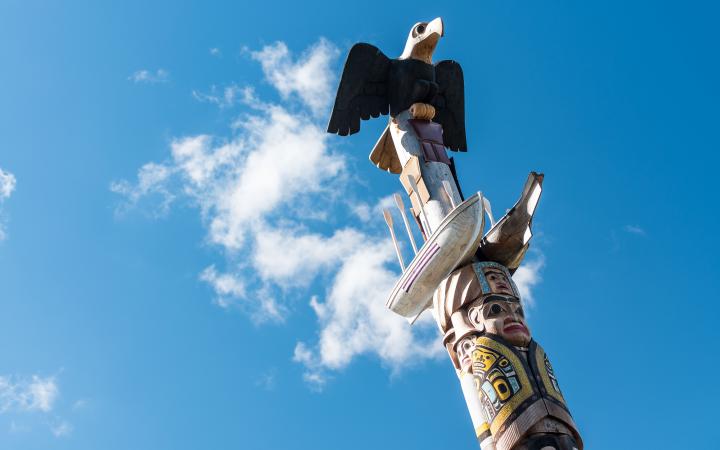
Officially known as Reconciliation Pole, the 55-foot red cedar pole was carved by 7idansuu (Edenshaw), James Hart, Haida master carver and chief. The pole tells the story of the time before, during, and after the Indian residential school system – a system that began in the 1800s and ended with the last school closure in 1996.
Reconciliation Pole, jointly commissioned by the Audain Foundation and UBC, is a permanent fixture at UBC’s Vancouver campus, symbolizing the experiences of residential school students and the path toward Reconciliation between Indigenous and non-Indigenous peoples in Canada.
Each segment that makes up the pole holds a deep connection to the experiences of First Nation peoples and the generational impacts felt in the stretches of history, from the residential schools, to the present. One section carved is the image and symbol of the fixtures that made up residential school properties.
Having thousands of copper nails embedded into this structure, the nails represent thousands of Indigenous children who died in during this time. Hammered one by one by residential school survivors, affected family members, school children and others.

The pole looks toward the site of the Indian Residential School History and Dialogue Centre, which provides survivors and their families with access to the records of the Truth and Reconciliation Commission of Canada. It also gives UBC students and visitors ways to understand the history and lasting effects of this dark time in our country.
While Jame Hart led the project, he was joined by artists and carvers, Gwaliga Hart, John Brent Bennett, Brandon Brown, Jaalen Edenshaw, Derek White, Leon Ridley, and late son Carl Hart, all of the Haida Nation of Haida Gwaii.
The pole is located on the southern end of campus near the forestry building.
Reconciliation Pole is situated on the traditional, ancestral and unceded territory of the Musqueam people. You can visit on the southern end of campus near the forestry building
See the PDF of the full meanings of each part of the Reconciliation Pole at UBC here
Watch a video of the pole raising here
“Frozen River” – The Waterfront Theatre
On Granville Island, Vancouver.

Frozen River is a Manitoba Theatre For Young People production showcasing on the west coast for the first time at via Carousel Theatre For Young People. A live play production by youth, but highly encouraged for all ages, the play dives into Indigenous rights and conservation themes.
“Frozen River offers a beautiful portrayal of the complexity of relationships with nature, with animals, and with one another, through the perspective of two young girls from two very different worlds,” says Dave Deveau, Co-Artistic and Managing Director of Carousel (via broadwayworld.com)
It’s a story that establishes the importance of acts of kindness while exploring vulnerability, connection, and lessons imparted from our links to our ancestors and the past.
“A poignant and powerful play about reconciliation, environmentalism, and interconnectedness, Frozen River tackles meaningful issues through engaging storytelling, whimsical puppetry, and an age-appropriate narrative – suitable for children and youth of all ages (5+) – about the generational impact of our actions on the environment and our communities.” – A.A. Cristi for broadwayworld.com
It’s an excellent opportunity for youth to engage with performative art and encounter complex topics that transcend age. Encouraging young people to absorb and reflect on Reconciliation in their own ways.
The show runs from Sept 28 to Oct 16, at The Waterfront Theatre, Granville Island, Vancouver BC.
For tickets, run time and further details, visit: https://www.carouseltheatre.ca/plays/frozen-river-nikwatin-sipiy/
The process of making, viewing, and internalizing art is an invaluable vehicle for storytelling. Art has long been understood as a tool of learning and healing. Using creative expression to share and understand history or personal experiences of individuals or communities.
It is one thing to read about art and Reconciliation, but it is a strengthening process to visit and engage with these works face to face. We hope this list inspires you to explore the lands we call British Columbia and find deeper connections to the place we define as home.
Squamish Lil’wat Cultural Centre: There are several shuttles you can take to Whistler from Vancouver. For instance, there is one that leaves from the River Rock Casino in Richmond, which you can get to by taking the Canada Line train to Bridgeport Station.
Reconciliation Pole at UBC: Take the 99 B-Line bus to UBC campus, it’s not a far walk from there!
The Waterfront Theatre: From downtown, you can take the #50 South False Creek via Granville Island bus right to the entrance of Granville Island.
